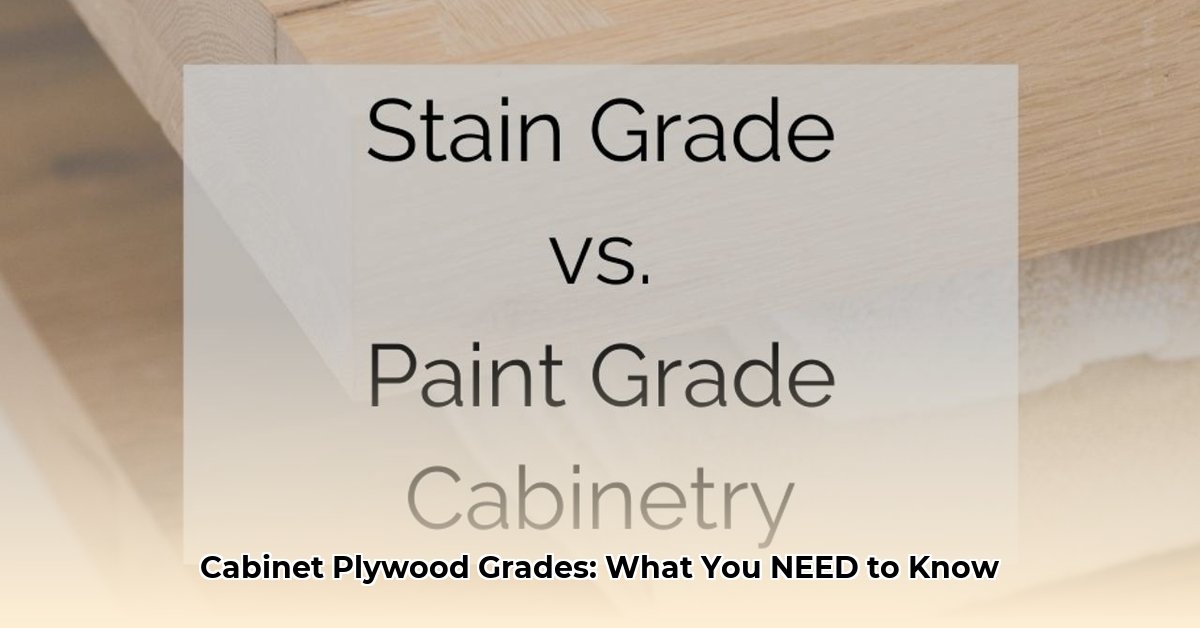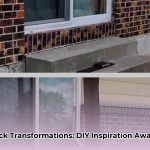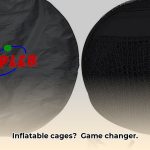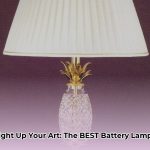Choosing the right plywood for your cabinets is crucial for their longevity, appearance, and cost-effectiveness. This comprehensive guide demystifies cabinet plywood grades, empowering you to make informed decisions for a successful project.
Decoding Plywood Grades
Understanding plywood grades is the first step towards choosing the right material. These grades, ranging from A to D, reflect the quality of the veneer surface.
Grade A: The Premium Choice
Like a flawless apple, Grade A plywood is smooth, sanded, and virtually free of imperfections. It’s ideal for natural finishes and staining, where the wood’s beauty takes center stage. This is often the preferred choice for visible cabinet components like doors and drawer fronts.
Grade B: The Versatile Option
Grade B plywood may have minor imperfections like small knots or slight discoloration, easily concealed with paint or veneer. It strikes a balance between quality and cost-effectiveness, making it suitable for cabinet interiors and other areas where the surface will be covered.
Grade C: The Workhorse
Grade C plywood, while sturdy, has more noticeable imperfections. It excels in structural applications where strength trumps appearance, such as sheathing or subflooring. It’s generally not recommended for visible cabinet parts.
Grade D: The Budget-Friendly Choice
Grade D plywood, the most economical option, has prominent imperfections. While suitable for hidden structural elements, it’s typically not used in cabinetry where aesthetics matter.
Combination Grades: The Best of Both Worlds
Combination grades, like AC plywood, offer a practical solution. An A-grade face provides a smooth, attractive surface for visible areas, while a C-grade back offers cost savings for hidden parts. Other combinations like BC, AB, or CD exist, each balancing quality and cost differently.
Choosing the Right Plywood: A Step-by-Step Guide
Navigating the plywood aisle can be simplified with a systematic approach.
1. Budget
Premium plywood comes at a premium price. Establish a budget early on to narrow your options and avoid overspending.
2. Finish
Your intended finish dictates the required plywood grade. Painting allows for lower grades (B or C) as the paint will mask imperfections. Staining demands a higher grade (A or B) to showcase the wood’s natural beauty.
3. Visibility
High-visibility areas like cabinet doors and sides necessitate higher grades (A or B) for a flawless appearance. Hidden parts like cabinet backs can utilize lower grades (C) for cost savings.
4. Structural Needs
Different cabinet parts have varying structural demands. Shelves require strength and rigidity, while doors prioritize a smooth surface. Choose a grade and thickness that meets the specific requirements of each component. For heavier items or wider spans, thicker plywood (like ¾”) is likely necessary to prevent sagging.
Exploring Plywood Core Types
The core, sandwiched between veneer layers, significantly influences plywood’s performance.
Veneer Core: The Versatile Choice
Composed of thin wood veneers, veneer core offers a balance of stability and affordability, making it suitable for various cabinet applications. It’s a common choice for cabinet boxes and drawer fronts when covered with a veneer or paint.
MDF Core: The Smooth Finish Champion
MDF (Medium-Density Fiberboard) core provides an exceptionally smooth surface ideal for painting. It’s denser and more stable than veneer core but can be heavier and more expensive. MDF is more susceptible to moisture damage than veneer core.
Particleboard Core: The Economical Option
Made from wood chips and resin, particleboard core is the most budget-friendly but also the least durable. It’s best suited for hidden parts where strength isn’t paramount and moisture isn’t a concern, such as certain drawer bottoms.
Lumber Core: The Strength and Stability King
Lumber core, made of solid wood strips, offers superior strength and warp resistance. It’s the premium choice for demanding applications like large cabinet doors, wide shelves, and countertops, but it comes with higher weight and cost.
Engineered Cores: Enhanced Performance
Engineered cores like Pro-Core combine the benefits of different materials. For example, Pro-Core typically uses hardwood veneers surrounding an MDF center, offering both strength and a smooth surface. These specialized cores provide enhanced performance for high-end cabinetry but come at a premium.
Beyond the Core: Other Key Considerations
Thickness
Plywood thickness dictates its strength and load-bearing capacity. Common thicknesses for cabinetry range from ¼” for drawer bottoms to ¾” for cabinet boxes and shelves. Choosing the appropriate thickness depends on the specific application and expected load. There is some debate about the ideal thickness for shelves, but many experts suggest that ¾” is a good starting point for most applications.
Wood Species
Different wood species offer varying aesthetics and properties. Birch and maple are popular for their smooth texture and light color, while oak provides strength and a distinctive grain. Consider the overall style and desired finish when selecting a species. Some species like mahogany are also known for their enhanced durability.
Finishing
Pre-finished plywood saves time but limits color choices. Unfinished plywood allows for custom finishes but requires more work. Ongoing research explores environmentally friendly finishes, so consider sustainable options when available.
Sustainability and Specialty Plywood
For eco-conscious projects, seek FSC-certified plywood from responsibly managed forests. Specialty plywood options like marine-grade plywood offer enhanced moisture resistance for specific applications.
Troubleshooting and Tips
- Warping: Store plywood flat in a dry environment to prevent warping.
- Splintering: Use sharp blades for cutting and consider sanding edges to minimize splintering.
Plywood Grade Comparison Table
| Grade | Core Type | Best Use | Relative Cost |
|---|---|---|---|
| A | Veneer/MDF | Cabinet doors, visible parts | Highest |
| B | Veneer/Particleboard | Drawer fronts, less visible parts | Medium |
| C | Particleboard | Cabinet backs, hidden parts | Low |
| D | Particleboard | Not recommended for cabinets | Lowest |
Note: Core types and best uses can vary depending on the manufacturer and specific product. Always check the manufacturer’s specifications for definitive guidance.
By understanding plywood grades, core types, and other essential factors, you can confidently choose the perfect plywood for your cabinet project, ensuring both beauty and durability. Additional resources like the APA – The Engineered Wood Association (https://www.apawood.org/) can provide further information and guidance.
- Burning Plastic Smell in House: Causes, Solutions, and Safety Measures - April 8, 2025
- Best Bug Killer for Yard: Effective Pest Control Guide (2024) - April 8, 2025
- Brown Recluse Spider Bites: Identification, Treatment, and Prevention - April 8, 2025










